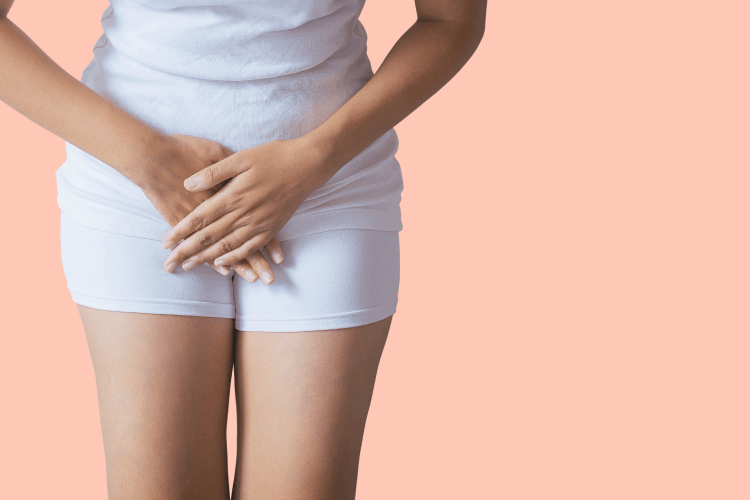Perineal massaging is something I wish I did before giving birth to my 1st child.. it's suppose help you from tearing. Have yall heard of this? Or you will be doing it?


Perineal massaging is something I wish I did before giving birth to my 1st child.. it's suppose help you from tearing. Have yall heard of this? Or you will be doing it?
Why does no one talk about going pee after have a vaginal delivery? I have first and second degree perineal tears (first degree on top, and second on bottom) because my son had shoulder dysplasia (50 seconds). But I find myself crying while peeing because it burns so bad and I read it’ll take several weeks to heal😔😭 I just feel like I can’t take it anymore with all the pain. It hurts more than anything

Answer

2
Just had my baby last week and had second degree tears 😭. I know this is pretty standard but the healing journey is so stressful. Anyone know if bright red blood and waves of pain happen during the second week of your perineal healing? I know it’s supposed to start feeling better but last night I was in pain like the first few days in the hospital and it didn’t get better until I took some ibuprofen/put an ice pack on it. I know the itchiness is normal but I can’t help but to think I might have overdone it a few days ago (lifting stuff, bending down) and now suffering the consequences.

Answer

0
Answer
3
Answer
1